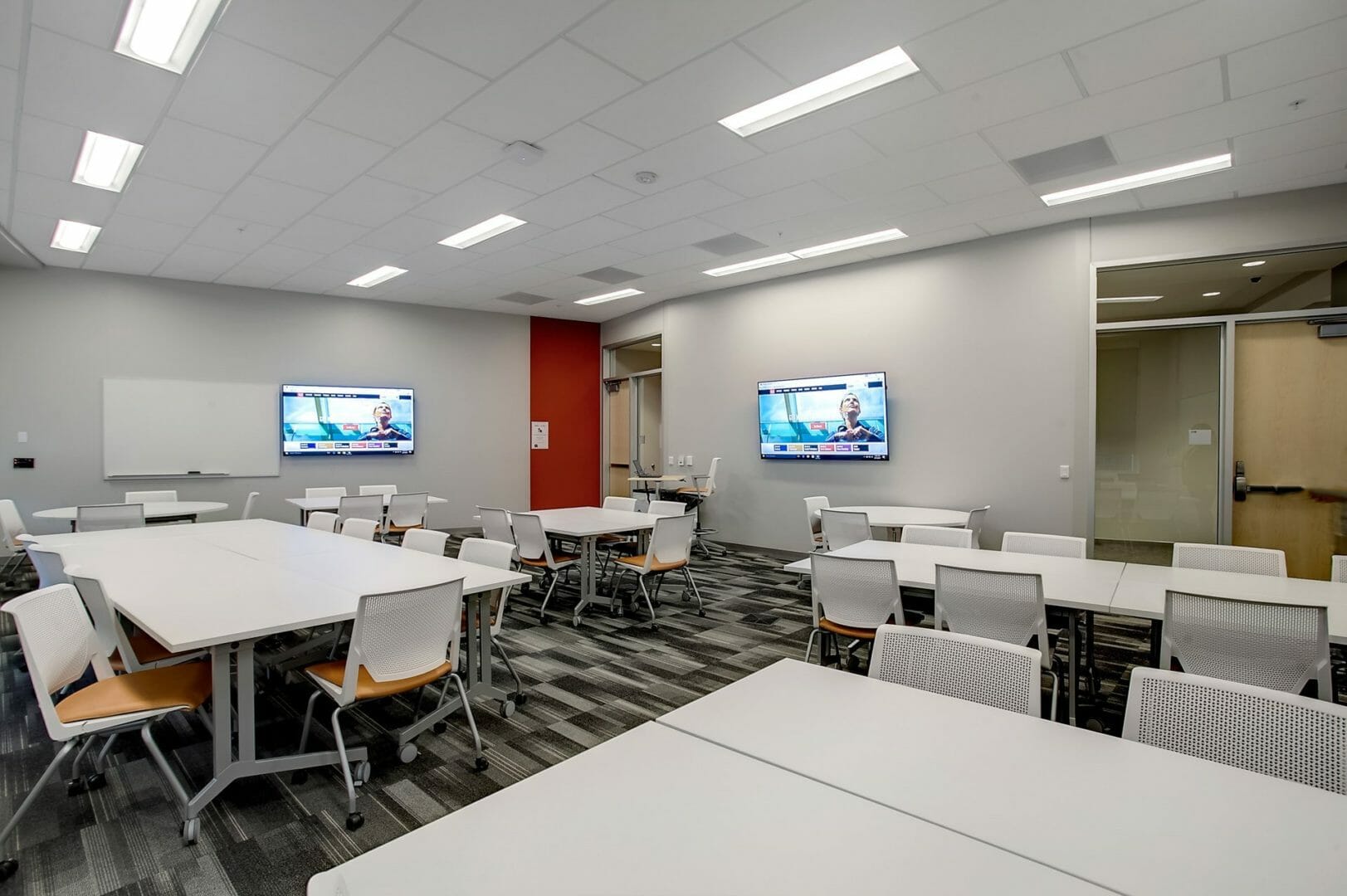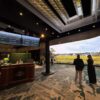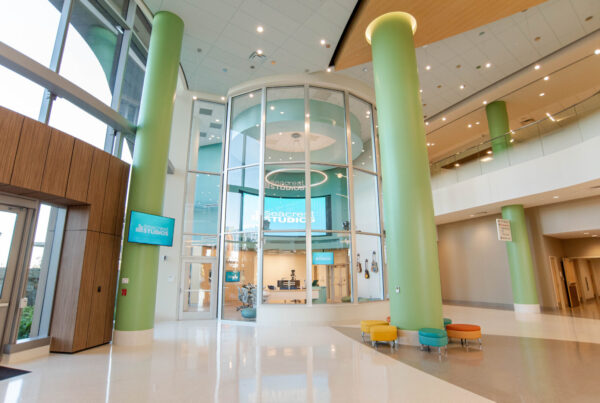In today’s academic landscape, universities are constantly striving to provide the best possible learning experience for their students. They compete to attract the best professors and the most qualified and intellectual learners. One important aspect of this is the integration of audiovisual (AV) technologies into the classroom and other campus spaces. AV technologies can enhance teaching and learning by creating more interactive and engaging experiences for students. The more premium an experience it seems in today’s day and age, the more likely it is to attract the best students! Let’s explore the role of AV in higher education and its impact on today’s modern universities, because those that do it well are also those that top the charts of the world’s best universities and colleges.
Enhanced Learning Experiences
AV technologies, such as interactive whiteboards, touchless displays (to maximize cleanliness), and videoconferencing systems, have transformed traditional classrooms into multimedia learning environments. These tools allow instructors to present their lectures in visually stimulating ways, making complex concepts easier to understand. Students can also engage in interactive activities, such as virtual experiments and simulations, which facilitate a deeper understanding of the subject matter.
Improved Collaboration and Communication
AV technologies enable communication and collaboration across different campuses and even institutions. Through videoconferencing systems, students and faculty can connect with experts and guest speakers from around the world without the need for travel. This fosters a global learning community and exposes students to diverse perspectives and ideas. It also allows universities to use off-site professors or offer additional courses to students who otherwise would not have access.
 Accessibility and Inclusivity
Accessibility and Inclusivity
AV technologies have also played a crucial role in making education accessible to all students. Closed-captioning functionalities enable students with hearing impairments to actively engage in lectures, while audio description services provide invaluable support to visually impaired students. Furthermore, online platforms hosting recorded lectures and digital resources grant flexibility to students with diverse learning preferences, enabling them to access materials at their own convenience and pace. As an additional example, LED menu boards in cafeterias can aid hearing impaired students in seamlessly placing lunch orders.
Active Learning
AV technologies encourage active learning by moving away from traditional lecture-based instruction. For instance, wireless collaboration and presentation systems enable students to share their work with the class, fostering collaboration and discussion. Furthermore, virtual reality (VR) and augmented reality (AR) technologies make possible immersive learning experiences, transporting students to virtual environments or overlaying digital information onto the real world. These technologies boost engagement and critical thinking skills.
Professional Development and Resource Sharing
AV technologies also benefit faculty members by offering opportunities for professional development and resource sharing. Universities can host webinars or online workshops on effective teaching practices, instructional design, and effective use of AV tools, using their own in-room cameras, and in-ceiling microphones. Faculty members can also collaborate on projects and share resources through from and with multiple classrooms, creating a vibrant community of educators supporting each other’s growth.
Campus-wide Applications
The use of modern-day AV inside of the college experience extends far beyond the classroom and has applications across various campus spaces. Lecture capture systems allow students to revisit lectures and review content at their own pace, aiding in exam preparation. Digital signage systems disseminate important announcements, event schedules, and campus news, creating a connected campus community. Additionally, AV technologies can enhance the remote viewing experience at music performances, large lectures or even in-campus events, theater productions, and sports events, opening participation to a wider audience.
In conclusion, AV technologies play a vital role in modern higher education by reshaping the learning experience, fostering collaboration and inclusivity, promoting active learning, connecting global communities, and creating a technologically advanced campus environment. As universities continue to adapt to the evolving needs of students, AV technologies will undoubtedly continue to be a key driver in transforming the higher education landscape for years to come.




 Accessibility and Inclusivity
Accessibility and Inclusivity








